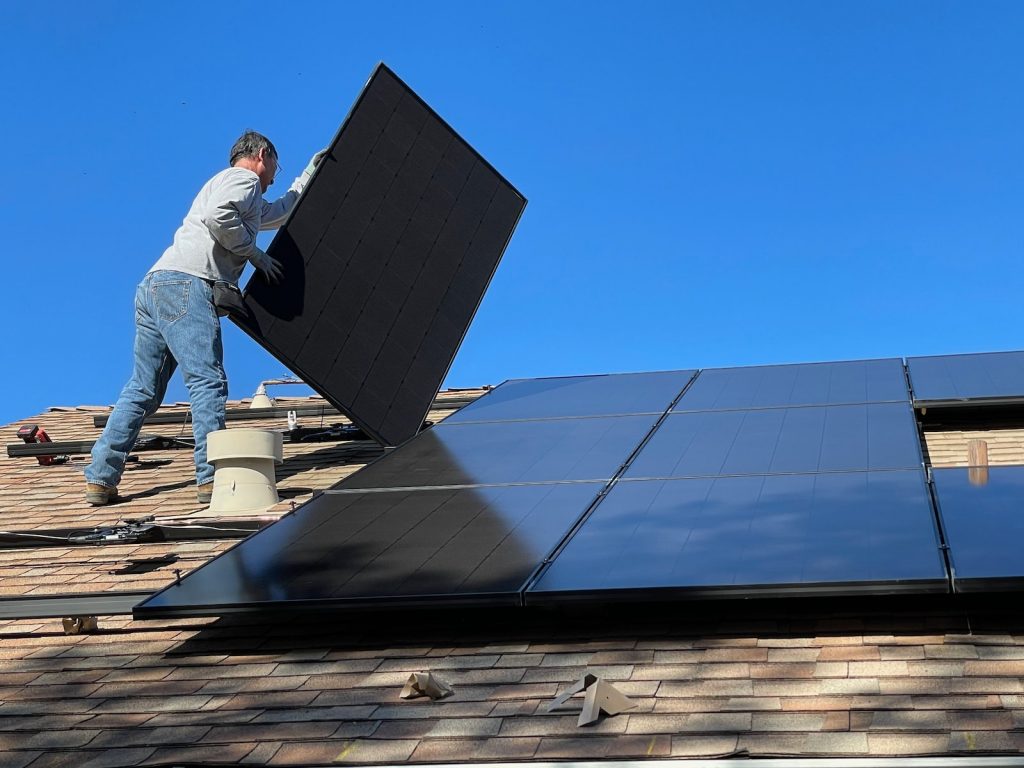As more and more people are looking for ways to reduce their carbon footprint and switch to renewable energy sources, solar energy is becoming an increasingly popular option. With the right technology and infrastructure, solar energy can be a clean, reliable, and cost-effective source of electricity. However, it’s important to consider not just the environmental impacts of solar energy but also the potential health impacts. In this article, we’ll explore the potential health impacts of solar panel production and disposal and discuss some measures that can be taken to minimize these risks.
Health Impacts Of Solar Panel Production
Solar panels are made of various materials, including glass, silicon, metals, and plastics. The production of these materials can generate hazardous materials and emissions that can have negative impacts on human health. For example, the manufacturing of silicon wafers, a key component of solar panels, can generate hazardous waste such as acids and solvents, as well as air pollutants such as silicon dust. In addition, the production of photovoltaic cells, which convert sunlight into electricity, can generate hazardous materials such as cadmium, lead, and arsenic.
Exposure to these hazardous materials and emissions can have various health impacts, including respiratory and skin irritation and more serious health problems such as cancer. Workers in solar panel production facilities are particularly at risk of exposure to these materials, and proper safeguards must be in place to protect their health. In addition, the general population may also be at risk if these hazardous materials and emissions are not properly controlled and disposed of.
Health Impacts Of Solar Panel Disposal
Solar panels have a limited lifespan, typically lasting around 25-30 years before they need to be replaced. When solar panels reach the end of their life, they must be disposed of properly to avoid negative impacts on human health and the environment. However, the disposal of solar panels can pose some challenges and risks.
One concern is the generation of hazardous waste. Solar panels contain various materials, including heavy metals and toxic chemicals, that can be harmful if not handled and disposed of properly. In addition, the disposal of solar panels can generate emissions, such as greenhouse gases, that can contribute to air pollution and climate change.
Measures To Minimize Health Impacts Of Solar Panel Production And Disposal
Several measures can be taken to minimize the health risks associated with solar panel production and disposal. Some of these measures include:
Proper handling and disposal of hazardous materials: This includes measures such as using personal protective equipment, following proper disposal procedures, and investing in emission control technology to reduce the release of hazardous materials into the air.
Recycling and reuse: Many solar panel materials can be recycled and reused, reducing the need for new materials and the associated health risks. For example, silicon wafers can be recycled and used in producing new solar panels, and metal components can be recycled and used in other products.
Sustainable design: By designing solar panels and other solar energy technology with sustainability in mind, it’s possible to minimize the health risks associated with production and disposal. For example, using more easily recyclable or biodegradable materials can help reduce the impact on human health and the environment.
Conclusion
Solar energy has the potential to be a clean and renewable source of electricity, but it’s important to consider the potential health impacts of solar panel production and disposal. By taking measures to minimize the risks and ensure the sustainability of solar energy, we can ensure that it remains a viable and beneficial energy source for the future. This includes proper handling and disposal of hazardous materials, recycling and reusing materials, and designing solar panels and other solar energy technology with sustainability in mind. By taking these steps, we can reduce the risks to human health and help protect the environment and preserve natural resources for future generations.
Overall, while solar energy has many benefits, it’s important to consider the potential health impacts carefully and take steps to minimize any negative impacts. By doing so, we can ensure that solar energy remains a clean and reliable source of electricity that can help to improve public health and protect the environment.
